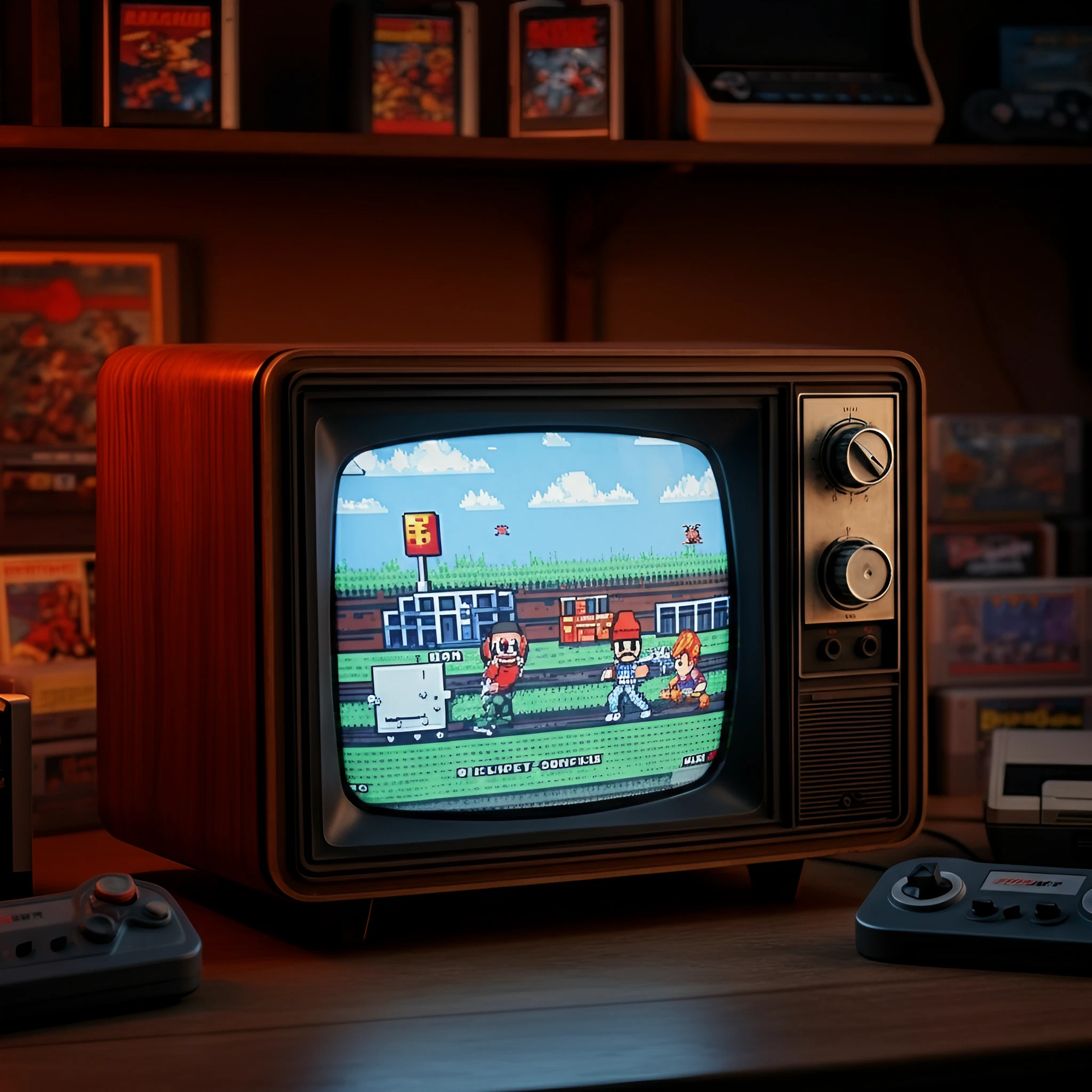Nostalgia is a powerful thing, and for many of us, retro gaming holds a special place in our hearts. But to truly enjoy those classic pixelated adventures or fast-paced battles, the experience requires more than just dusting off your old console. Choosing the right TV can significantly enhance your retro gaming sessions by providing clarity and responsiveness while staying true to the aesthetics of the original games.
Whether you’re a retro gaming enthusiast, a tech-savvy gamer, or someone who loves a touch of nostalgia, we’ve got you covered. This guide dives into the best TVs for retro gaming, exploring what features matter most and recommending top models to maximize your vintage gaming pleasure.
Why Choosing the Right TV Matters for Retro Gaming
Playing retro games on modern TVs can be tricky. Older games are designed for CRT (cathode-ray tube) TVs, which handle lower resolutions (like 240p) beautifully. Modern displays might struggle with these resolutions, introducing issues like lag, stretched images, or blurry visuals. That’s why finding a TV that provides the right balance of compatibility, low input lag, and visual quality is essential for a seamless experience.
Here are key features you should look for in a TV for retro gaming:
- Low Input Lag: Ensures quicker responsiveness for fast-paced games.
- Compatibility with 240p Signals: Prevents loss of original visual quality.
- Multiple Input Options (Composite & Component): Makes connecting older consoles straightforward.
- Authentic Display Tech (CRT or OLED): Preserves retro aesthetics with vibrant colors and deep blacks.
- Scalable Resolutions: Adapts easily to multiple console generations.
Now that you know what matters most, let’s check out the best TVs for retro gaming.
Best TVs for Retro Gaming
1. Sony KD-43X85K (Modern LCD TV with Gaming Mode)
Why It’s Great:
Sony consistently delivers excellent picture quality, even with lower resolutions, thanks to their advanced processing tech. The X85K model shines for retro gamers with its low input lag and gaming mode, which ensures responsive gameplay.
- Input Lag: ~8ms (in Game Mode)
- Inputs: HDMI, Composite (requires an adapter)
- Features: Handles 240p signals decently, offers customizable picture settings for pixel-perfect adjustments.
Best For: Gamers looking for a modern TV with decent retro compatibility.
2. Samsung Q80B QLED (Bright & Vivid)
Why It’s Great:
Samsung’s QLED technology excels in producing vibrant, crisp colors, making pixel art and retro game graphics pop. Its excellent brightness levels ensure great performance in well-lit rooms.
- Input Lag: 9ms (Gaming Mode)
- Inputs: HDMI, Component (adapter required)
- Features: Support for upscaled resolutions, vibrant color rendering.
Best For: Gamers who value color accuracy and brightness.
3. LG CX OLED (Top Choice for Retro Gaming Aesthetics)
Why It’s Great:
LG’s OLED technology offers unparalleled depth and contrast. This translates to perfect blacks and remarkable color reproduction, ideal for the detailed and vivid worlds of retro gaming. It also has near-instant response times, reducing input lag to almost imperceptible levels.
- Input Lag: ~1ms
- Inputs: HDMI, Composite (adapter required)
- Features: Scalable resolution, 240p-friendly, sleek, authentic look for retro games.
Best For: Gamers craving the ultimate visual quality and responsiveness.
4. Sony Trinitron CRT (The Authentic Classic)
Why It’s Great:
For the purists, nothing beats the authentic experience of a CRT TV. Sony Trinitron models are highly sought after for their ability to handle 240p signals natively. Their curved screens and subtle scan lines are perfect for preserving the integrity of retro visuals.
- Input Lag: Virtually none
- Inputs: Composite, Component, RF
- Features: Tailor-made for retro consoles, unmatched visual authenticity.
Best For: Hardcore retro enthusiasts looking for a nostalgic experience.
5. Samsung Frame Series (For Dual Functionality)
Why It’s Great:
Not only is the Samsung Frame stylish enough to function as a piece of art when turned off, but it also delivers solid gaming performance. With adaptable resolution settings and vibrant visuals, it’s an impressive hybrid choice.
- Input Lag: 9ms
- Inputs: HDMI, Composite (adapter required)
- Features: Adaptive gaming mode, unique aesthetic appeal.
Best For: Gamers who want their TV to double as home decor.
How to Set Up Your Retro Gaming TV
Once you’ve picked the perfect TV, here’s how to optimize the setup for retro gaming:
- Use the Right Cables: Many retro consoles use composite or component cables. Invest in converters if required to connect older inputs to modern TVs.
- Enable Game Mode: On modern TVs, always enable Game Mode to reduce input lag.
- Adjust Resolution: Experiment with scaling options that maintain the original aspect ratio (4:3 for most retro games).
- Test and Calibrate: Use test patterns to adjust brightness, contrast, and color settings for the best retro gaming quality.
- Consider an Upscaler: Devices like the OSSC (Open Source Scan Converter) or RetroTINK can greatly improve the resolution of retro games on modern TVs.
Closing Thoughts
Finding the best TV for retro gaming doesn’t have to be overwhelming. Whether you prefer the authenticity of a classic CRT like the Sony Trinitron or the modern capabilities of an LG OLED, choosing the right TV can bring out the best in your retro gaming collection.
Want more tips and tricks to elevate your retro gaming experience? Stay tuned for more expert recommendations and guides!








